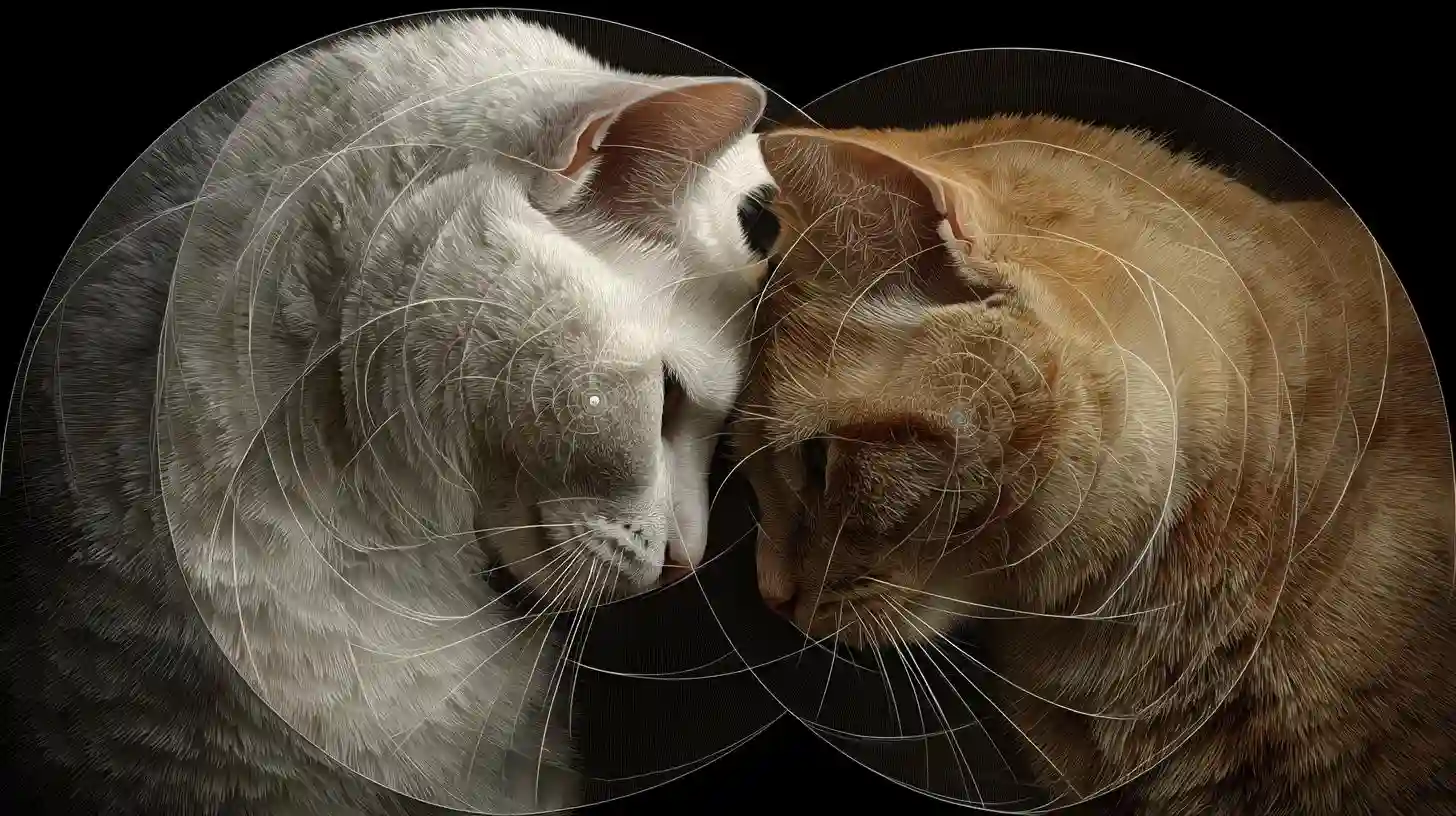
The relationship between humans and cats has evolved over thousands of years, and much of this bond can be understood through the fascinating development of body language. While cats and humans may seem like entirely different species, they have developed subtle and often strikingly similar ways of communicating non-verbally. Through these shared behaviors, we see how both species have adapted their communication methods to interact with each other, creating a unique form of connection that has endured for centuries.
Cats, by nature, are solitary creatures that rely heavily on body language to communicate with other animals and their environment. Unlike humans, who use a combination of vocalizations, facial expressions, and gestures to convey meaning, cats often use more nuanced forms of body language, such as tail position, ear orientation, and eye contact, to express their emotions and intentions. These signals, however, have proven to be surprisingly understandable to humans, suggesting a remarkable evolutionary connection that has allowed both species to form a bond based on mutual understanding.
One of the most important aspects of this communication is the way cats use their eyes. In wild cats, eye contact is often a sign of aggression or dominance, and they will typically avoid prolonged gazes with others unless they are asserting control. However, domesticated cats have evolved to use eye contact in a more social manner with humans. Slow blinking, for instance, has become a common way for cats to express trust and affection. When a cat looks at a human and slowly blinks, it is essentially showing that it feels safe and comfortable in their presence. This behavior is remarkably similar to the way humans might offer a smile or a relaxed look to signal contentment and reassurance. Cats, in turn, have learned that humans interpret these signals as signs of affection, strengthening the emotional bond between the two species.
Similarly, the position of a cat’s tail plays a crucial role in its communication. When a cat is happy or content, its tail will often be held upright, sometimes with a slight curve at the top. This upright tail is a sign of confidence and friendliness. Humans, recognizing this behavior, may interpret it as a signal of a relaxed and comfortable cat. On the other hand, a flicking or twitching tail can indicate agitation or excitement, which humans can easily recognize as a sign that the cat is feeling restless or irritated. This shared understanding of tail communication helps humans better interpret their cats' moods and respond accordingly, further deepening their connection.
Cats also use their ears to communicate their feelings, and this is another area where humans have developed a keen understanding of feline body language. A cat’s ears are highly expressive and can be turned in various directions to indicate different emotions. For instance, when a cat’s ears are facing forward, it typically signifies curiosity or interest. If the ears are flattened against the head, it is often a sign of fear, annoyance, or aggression. Humans who are familiar with feline behavior can quickly recognize these cues and adjust their own actions to either comfort the cat or give it space. This intuitive understanding of ear movements illustrates how cats and humans have developed a shared language over time, making it easier for both species to coexist and understand one another’s emotional states.
Perhaps one of the most striking ways that cats and humans connect through body language is through physical touch. Cats have been observed to rub their heads against humans, a behavior that is often interpreted as a sign of affection. In the wild, cats use this head-butting behavior to mark their territory with scent glands located around their face. However, domesticated cats have adapted this action to bond with humans, using it as a way to show trust and affection. In return, humans often pet or stroke their cats, which further reinforces this tactile communication and fosters a sense of closeness between the two species. The act of petting a cat, in turn, can be soothing for humans as well, providing a form of mutual comfort and relaxation.
The evolution of body language between cats and humans is not just about communication but also about the way both species have adapted to living together. Over time, cats have learned to recognize the cues and behaviors that humans use to express care and affection, while humans have become increasingly adept at interpreting and responding to feline body language. This mutual understanding has helped to form a bond that transcends the need for words, allowing cats and humans to coexist in a way that benefits both parties.
The intricate dance of body language between cats and humans is a testament to the deep, evolving connection that has developed over time. It is through these shared behaviors and subtle gestures that both species have learned to communicate and connect on a level that goes beyond mere survival. Whether it is the slow blink of a cat, the flick of its tail, or the gentle touch of a petting hand, these small moments of understanding create a bond that is both profound and enduring. As cats and humans continue to live side by side, their ability to read each other’s body language will remain a crucial part of their ongoing relationship, one that continues to evolve with each passing year.